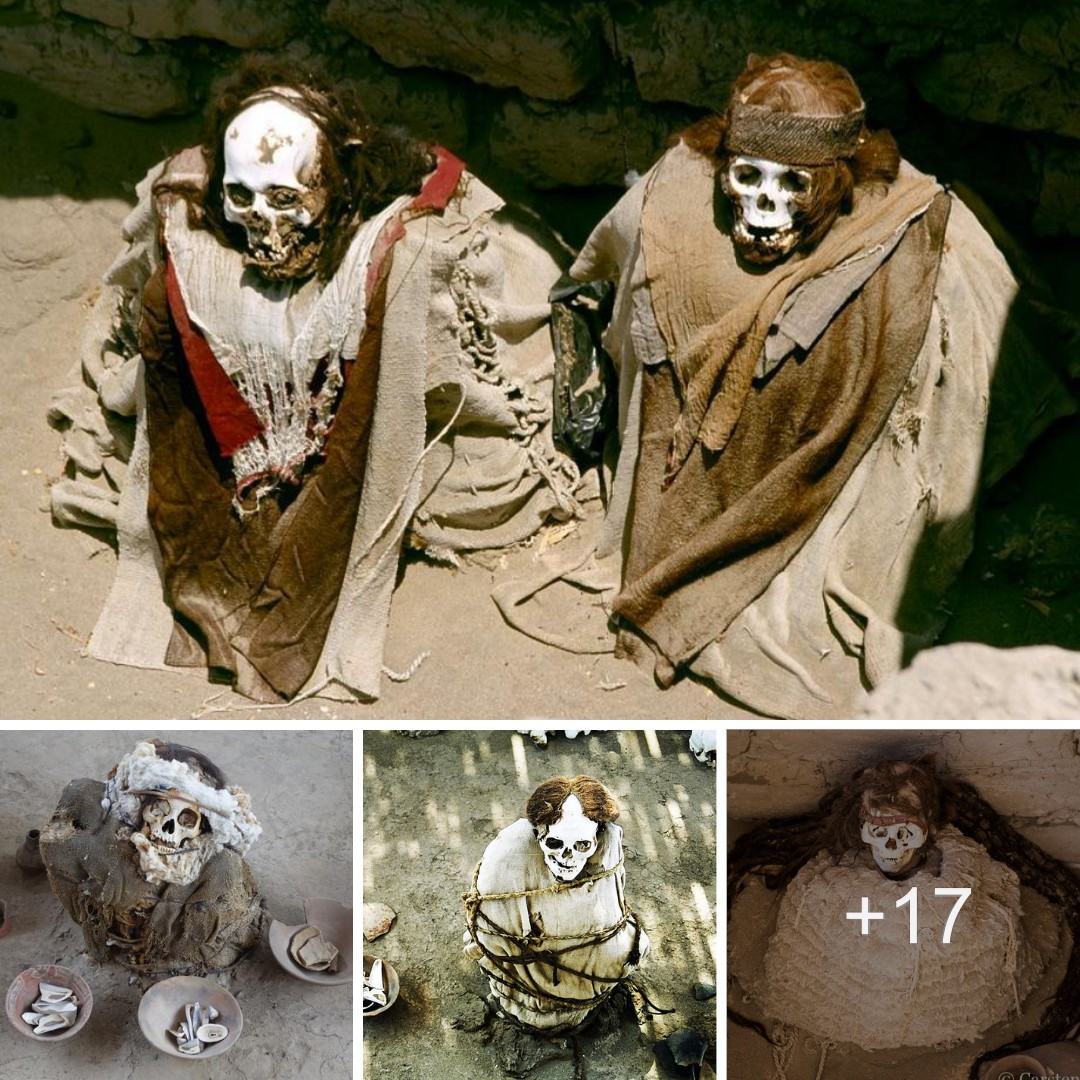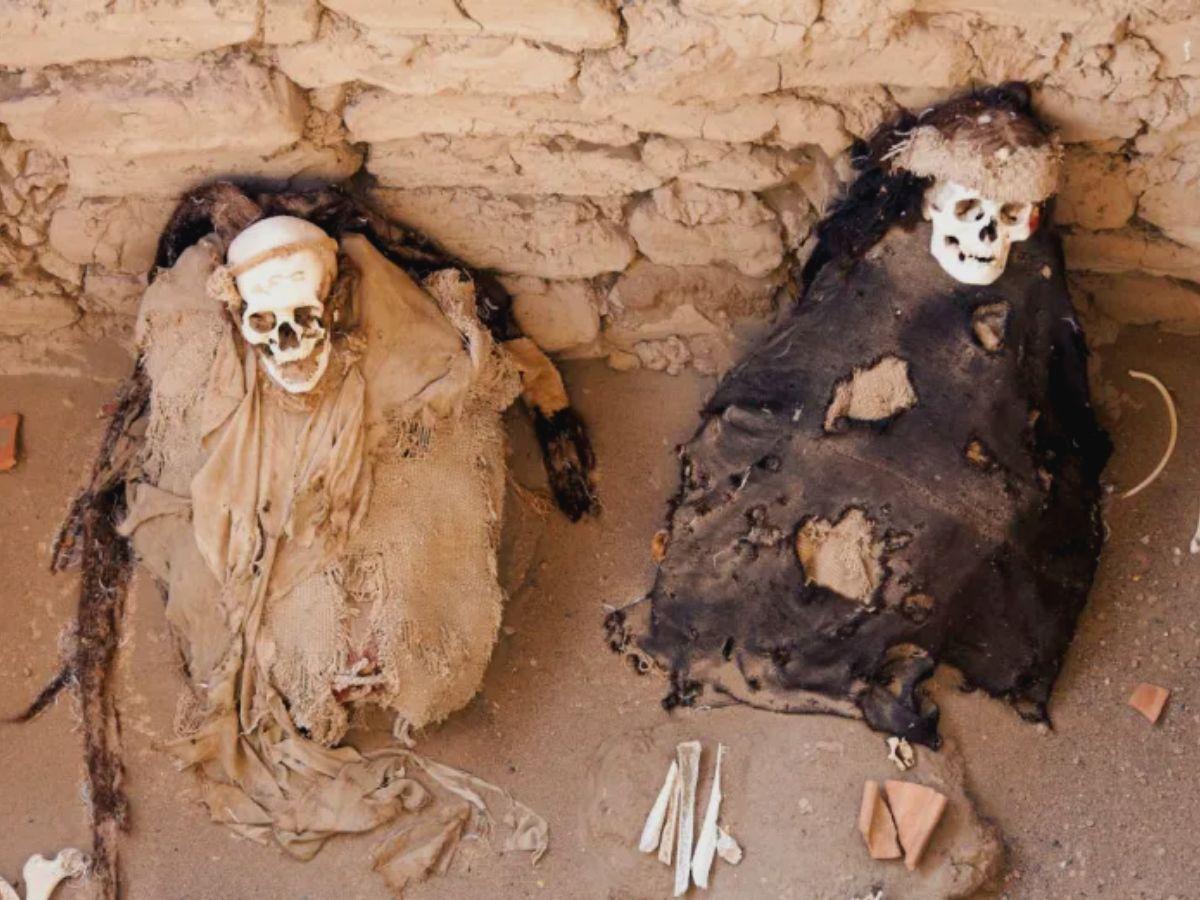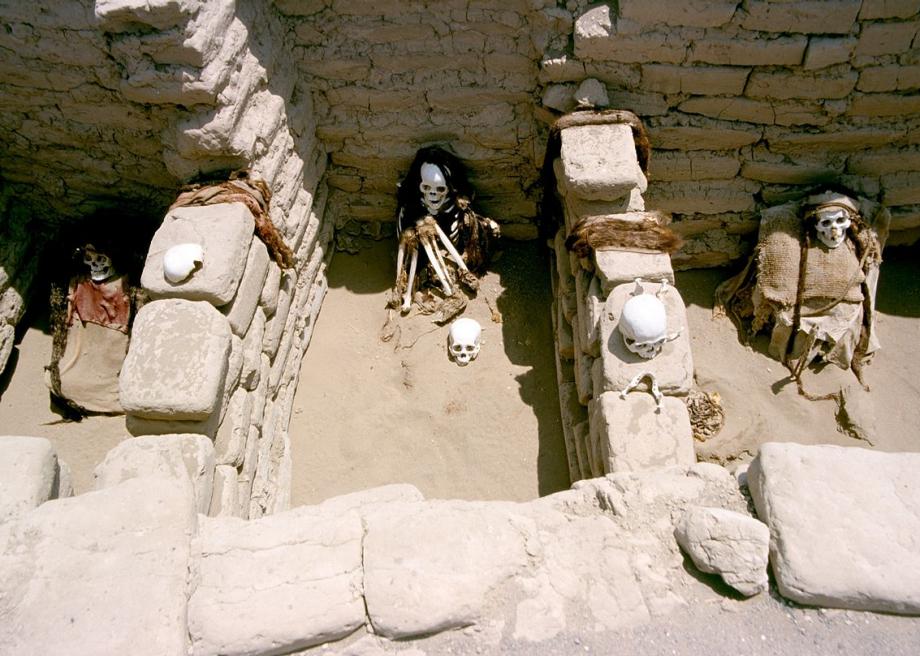The Horrifying Tale of Peru’s Chauchilla Cemetery and Its Eerie Outdoor Mummies

Surely you’ve heard about the mysterious Nazca lines in Peru, but what you may not know is that very close, about 30 km. from the city of Nazca there is an ancient and amazing cemetery from the pre-Inca period. The particularity of this cemetery, which contains one of the most spectacular curiosities of cemeteries , is that the deceased are exposed. Join us to know the Chauchilla cemetery in Peru and its terrifying outdoor mummies.

A mummy It is a corpse that by a natural procedure or by embalming is kept in good condition long after death. When mummification occurs naturally, this can occur due to the characteristics of the terracing area such as extreme dryness or cold, the alkalinity of the land or the isolation of the weather and the microorganisms that are involved in the decomposition of a corpse. In the case of Chauchilla Cemetery it is the dryness and the heat that have contributed to the mummification.
Chauchilla cemetery in Peru
Despite the importance of Chauchilla Cemetery , many of the tourists who come to see the Nazca Lines they do not know their existence. However, it is the only archaeological site in Peru where it is possible to see mummies in their original tombs. In spite of the looting and vandalism to which the remains have been subjected for centuries and which is evident upon entering the premises, as there are remains of bones and ceramics on the ground, everything that has been possible has been successfully rebuilt .

The Chauchilla Cemetery It was discovered in the 1920s and has been continuously plundered by the “huaqueros” or grave robbers until in 1997 it was declared a protected area and became a national archaeological center in Peru. Currently the Chauchill Cemetery a is still being studied and it is believed that there may be burials along almost two kilometers. In it, in addition to the mummies, you can see remains of an ancient civilization, textile remains and fragments of ceramics. The tombs known today.
Archaeologists do not agree on the civilization to which the tombs belong. They have been dated between the 2nd and the 9th century, but there is no absolute certainty that this is the case. If this dating is accurate they would belong to the Nazca civilization and if they are later than the Huarí. On the ground, holes were dug in which adobe walls were built and in these cubicles the mummies were deposited. It is believed that in general they were not alone, but that in each enclosure people of the same family or group were mummified.

As in other places in America, in the Chauchilla Cemetery natural resources were used to mummify the bodies of the deceased. The dry heat of the climate of the region and the aridity of the land were sufficient to carry out the work. Apparently, the bodies were left in the sun to dry, covered only with embroidered cotton garments so that it absorbed the oozing liquids from the corpses and when the dehydration was complete the bodies were varnished with a special resin in order to that they were not attacked by insects and also slow down the deterioration caused by bacteria.
The bodies remained intact for centuries, but the looters and meteorological phenomena such as El Niño, which caused torrential rains, caused the mummies and all the remnants of that remote civilization to deteriorate, so that at present only some mummies remain intact. Beside these, you can see many skeletons and skulls bleached by the effect of scorching sun.

Archaeologists believe that the preservation of mummified bodies is due to the belief of that civilization in another life after death or perhaps in a possible reincarnation in the physical body, in addition to the fulfillment of a series of rituals related to the cult of the ancestors . That is why it was important to keep the bodies and along with them, as it happened in other civilizations such as the Egyptian, have been found trousseaus and remains of vessels in which food would have been deposited to accompany the deceased to the afterlife. The wrapping or dress of the mummies is called “bale” since that is what it looks like.
As a curiosity of Chauchilla Cemetery , maybe you like to know that although it was not filmed in the cemetery itself and what is seen in the film is very far from reality, the name was used in the movie “Indiana Jones and the Crystal Skull”. In it the famous archaeologist and his son walk through underground galleries that pretend to be the Chauchilla Cemetery in search of a mummy with a gold mask.
Related Post
A shocking documentary proves that mermaids do exist
SHOCKING Revelation: Thuya, Mother of Queen Tiye, Was the Grandmother of Akhenaten and Tutankhamun—What Ancient Egyptian Secrets Did She Leave Behind?
Breaking News: Astonishing Discoveries at Karahan Tepe Confirm an Extraterrestrial Civilization is Hiding on Earth, and NO ONE Knows!
Breaking News: Researchers FINALLY Discover U.S. Navy Flight 19 After 75 Years Lost in the Bermuda Triangle!
NASA’s Secret Investigation: Uncovering the Astonishing Mystery of the UFO Crash on the Mountain!
Explosive UFO Docs LEAKED: Startling Proof That Aliens Ruled Ancient Egypt!